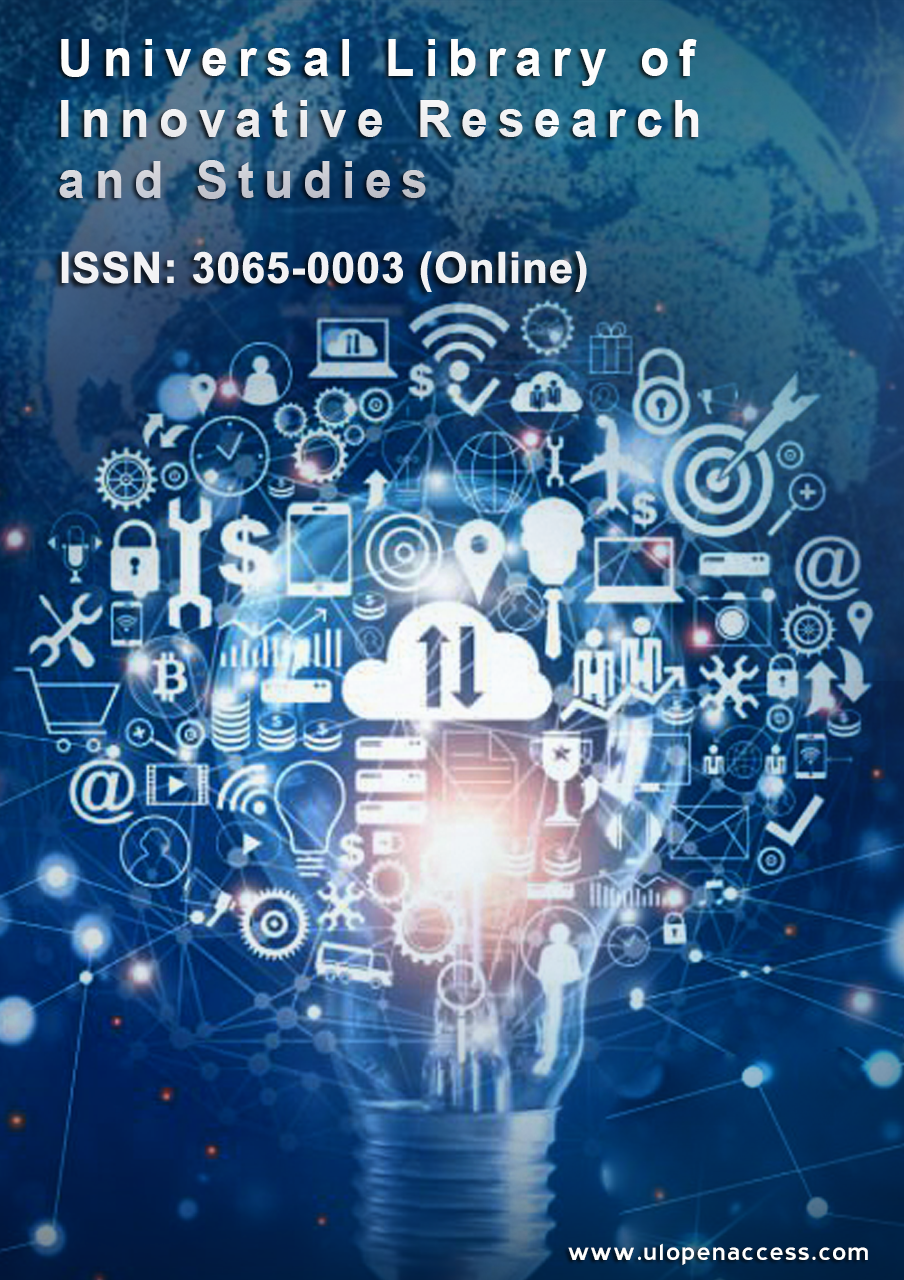Role of Automated Systems for Geodata Collection and Processing in Reducing Labor Effort on Field OperationsYurii Vodopianov Citation: Yurii Vodopianov, "Role of Automated Systems for Geodata Collection and Processing in Reducing Labor Effort on Field Operations", Universal Library of Innovative Research and Studies, Volume 02, Issue 03. Copyright: This is an open access article distributed under the Creative Commons Attribution License, which permits unrestricted use, distribution, and reproduction in any medium, provided the original work is properly cited. AbstractThis article examines the role of automated systems for geodata collection and processing in reducing labor effort during field operations, it aims to analyze the influence of modern LiDAR, photogrammetry, SLAM scanning and IoT monitoring technologies on the efficiency of field geodetic measurements, the objective is to identify the central reserves for reducing person-hours in data collection and initial processing, the relevance of the study is substantiated by the high cost and time expenditure associated with classical ground survey methods, when expenses for crew remuneration and logistics significantly exceed the possibilities for operational project management, the novelty of the work lies in the comprehensive comparison of traditional methods with the implementation of unmanned platforms and cloud pipelines, as well as in the quantitative assessment of person-hour savings based on data from Fujita Corporation, an Ohio quarry and practical examples of using the Leica BLK2GO mobile SLAM scanner, the analysis reveals that the shift from total stations and GNSS receivers to UAV-LiDAR and mobile mapping systems allows reduction in crew size and field exposure time by 40–60%, Structure from Motion photogrammetric algorithms provide processing of millions of points per minute with 70–80% time savings in office processing, and the integration of IoT sensors converts discrete inspections into continuous monitoring, reducing specialist dispatch frequency from quarterly to virtually seamless, additionally automation of post-processing via cloud services and geospatial AI ensures a twofold acceleration in generating orthophotos and dense point clouds while maintaining centimeter accuracy, which frees resources for analytical tasks and decision making based on ready digital twins, this article will be helpful to engineering and geodetic services, design organizations and researchers in the fields of remote sensing and infrastructure monitoring. Keywords: Geodata Collection Automation, LiDAR, Photogrammetry, SLAM Scanners, UAV Platforms, IoT Monitoring. Download |
|---|

